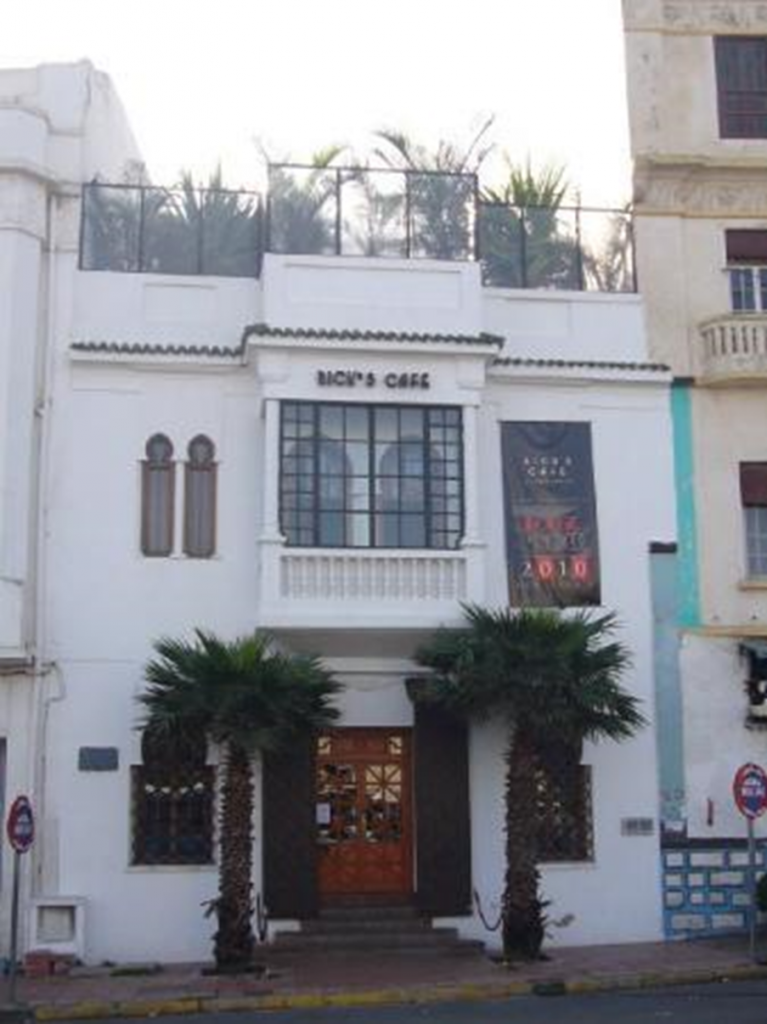by Andy Khong
Morocco, officially known as the Kingdom of Morocco, is a nation located in North Africa. It boasts a diverse and culturally rich heritage, a history that spans centuries, and an array of geographical features. Here, we’ll explore Morocco’s history, geography, economy, industries, future prospects, and its captivating tourist attractions.
History and Founding: Morocco’s history is a tapestry of civilizations and cultures. The region was initially inhabited by indigenous peoples, including the Berbers. Over time, various empires and civilizations, such as the Phoenicians, Romans, Vandals, and Byzantines, left their mark on the land. However, Morocco is predominantly recognized for its Arab and Islamic influence.
In the 7th century, Arab-Muslim armies swept through the region, introducing Islam and Arabic culture. The Almoravids and Almohads were influential dynasties in early Moroccan history. In the 13th century, the Merinid dynasty rose to power, followed by the Saadian dynasty in the 16th century.
During the late 19th and early 20th centuries, European powers, including Spain and France, established their presence in Morocco. It became a French and Spanish protectorate in 1912. Morocco achieved independence from France in 1956 and from Spain in 1956-1958.

Geography: Morocco’s geography is a mosaic of landscapes, encompassing Mediterranean and Atlantic coastlines, the towering Atlas Mountains, and the vast Sahara Desert. Key geographic features include:
- The Atlas Mountains, running through the heart of the country, providing a dramatic backdrop and hosting ski resorts.
- The Sahara Desert, covering much of southern Morocco.
- Coastal plains along the Mediterranean and Atlantic coasts.
- Fertile plains in the north, supporting a thriving agricultural sector.

Economy: Morocco operates with a mixed economy, featuring both modern industry and traditional agriculture. Notable economic sectors include:
- Agriculture: Morocco is a significant exporter of agricultural products, including citrus fruits, olives, and wine. It is also one of the world’s leading phosphate producers.
- Manufacturing: The country has seen growth in manufacturing, particularly in textiles, electronics, and aerospace.
- Services: The tourism sector plays a vital role in the services industry, contributing significantly to the economy.
- Mining: Morocco is a major producer of phosphates, an essential ingredient in fertilizers.
Industries: Morocco is actively promoting various industries to stimulate economic growth. These include:
- Tourism: Morocco’s tourism industry is a major draw, offering attractions like historic cities (e.g., Marrakech, Fez), stunning coastal destinations (e.g., Casablanca, Agadir), and unique cultural experiences.
- Textiles and Garments: Morocco is a key player in the textile industry in Africa, with a growing garment manufacturing sector that exports clothing globally.
- Automotive Manufacturing: The country has attracted major car manufacturers, establishing itself as a prominent automotive hub in North Africa.
- Renewable Energy: Morocco has invested substantially in renewable energy, particularly solar and wind power. Notable projects include the Noor Ouarzazate solar power plant.
Future Prospects: Morocco’s future looks promising, with a growing economy and a strategic location. The government has undertaken economic and political reforms to attract foreign investment. It’s also focusing on expanding the renewable energy sector and diversifying its industrial base.

Tourist Attractions: Morocco’s rich cultural heritage, breath-taking landscapes, and historical sites make it a popular tourist destination. Some of the top attractions include:
- Marrakech: Known for its vibrant markets, palaces, and gardens, including the Saadian Tombs and the Majorelle Garden.

- Fez: Home to one of the world’s oldest universities, the University of Al Quaraouiyine, and a well-preserved medieval old town.

- Casablanca: Morocco’s economic centre, blending modern and historic landmarks, including the grand Hassan II Mosque. The city was made famous by the Hollywood movie, “Casablanca” (released in 1942) [trailer for the movie, click here].

- Chefchaouen: Famous for its distinctive blue-painted buildings and picturesque mountain scenery.

- Sahara Desert: Offers camel treks, desert camping, and unique desert landscapes.

- Atlas Mountains: Ideal for hiking, skiing, and exploring traditional Berber villages.

- Essaouira: A coastal town with beautiful beaches and a well-preserved medina.

- Rabat: Morocco’s capital, featuring historical sites like the Royal Palace and the Kasbah of the Udayas.


- Tangier: A coastal city known for its international influences, historic medina, and the Caves of Hercules.

Morocco’s captivating blend of cultures, warm hospitality, and unique history make it an enticing destination for travellers. Travellers often find the local people to be friendly and eager to share their culture.
Other countries in North Africa: Algeria, and Tunisia.
YPT Morocco Independent Tour
YPT Morocco, Western Sahara & Mauritania Overland Tour (sample Itinerary 2022)
YPT Wine Tours to Morocco
Stay in touch with YPT Tours to Africa here





